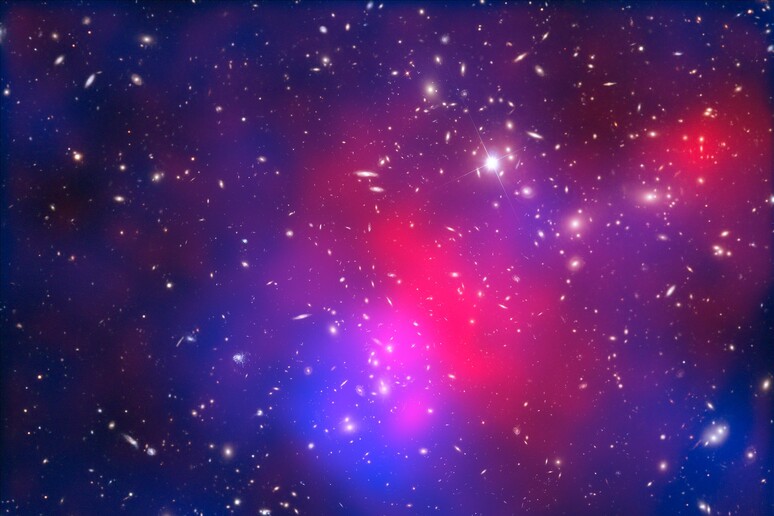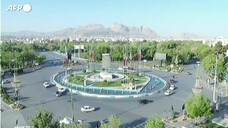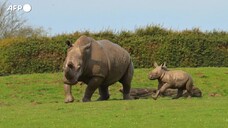Scientists have discovered the oldest galaxy cluster known to date, which they say formed when the universe was very young, about 650 million years after the Big Bang.
The cluster was first spotted by the Hubble Space Telescope, and the discovery has now been confirmed by the James Webb telescope of NASA, the European Space Agency and the Canadian Space Agency. The new data are published in The Astrophysical Journal Letters and are the result of international research in which Italy participated with the National Institute for Astrophysics (INAF) in Padua.
The discovery was made possible by a very special magnifying glass: the galaxy cluster Pandora or Abell 2744, just over 3.5 billion light-years away from Earth.
It is in fact possible to observe the objects behind a galaxy cluster magnified despite the distance, and so it turned out that the oldest cluster, denoted by the initials A2744-z7p9OD, includes at least seven galaxies and that many more are located in its vicinity.
"It's a very special and unique site where galaxies evolve in an accelerated manner, and Webb has given us the unprecedented opportunity to measure the velocities of these seven galaxies and to confirm for sure that they are bound together in a protocluster," says the study's first author, Takahiro Morishita, of the California Institute of Technology.
"It is surprising that only 650 million years after the Big Bang such an overdensity had already formed in the universe," comments Benedetta Vulcani of INAF and co-author of the paper.
Riproduzione riservata © Copyright ANSA













